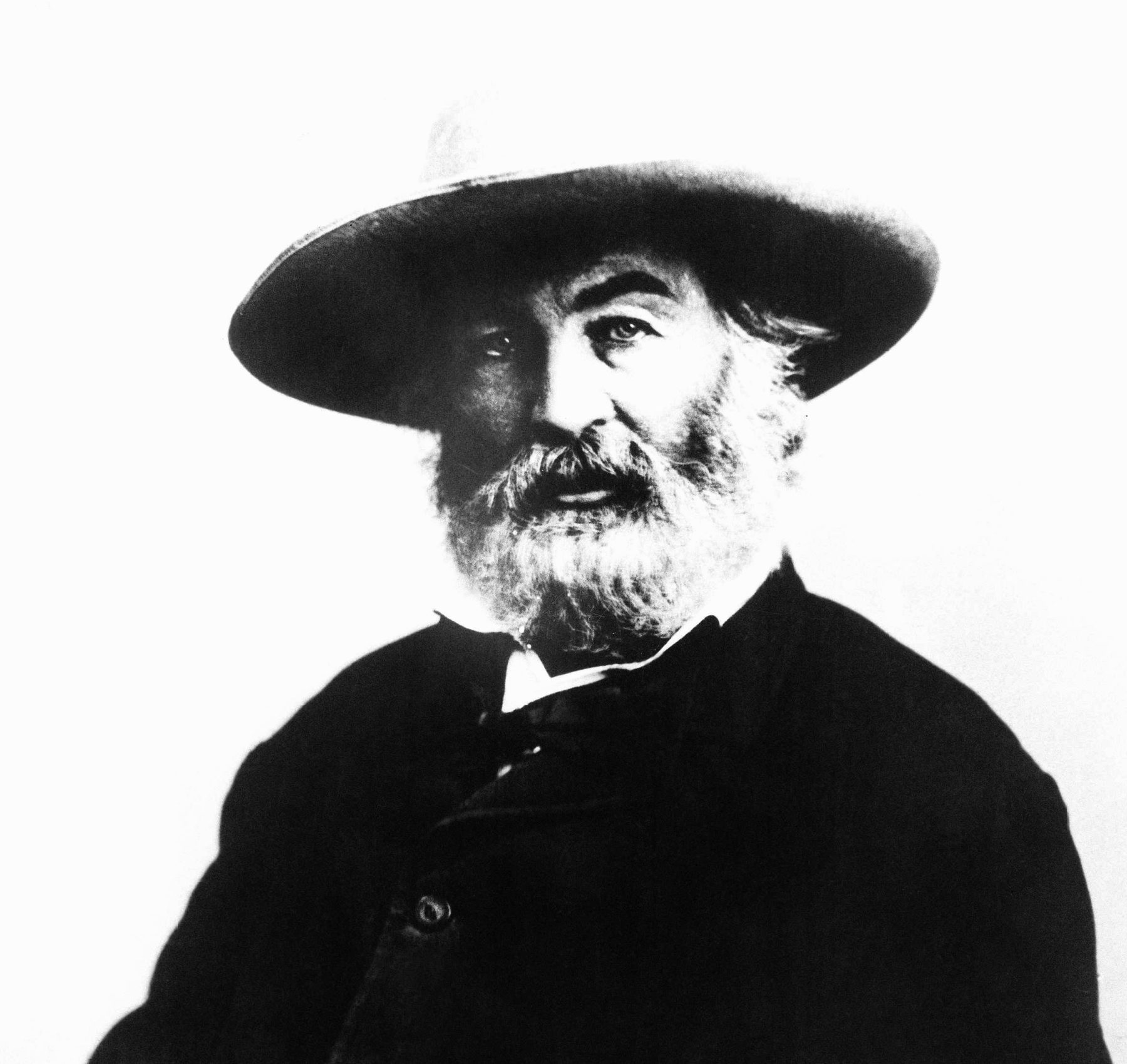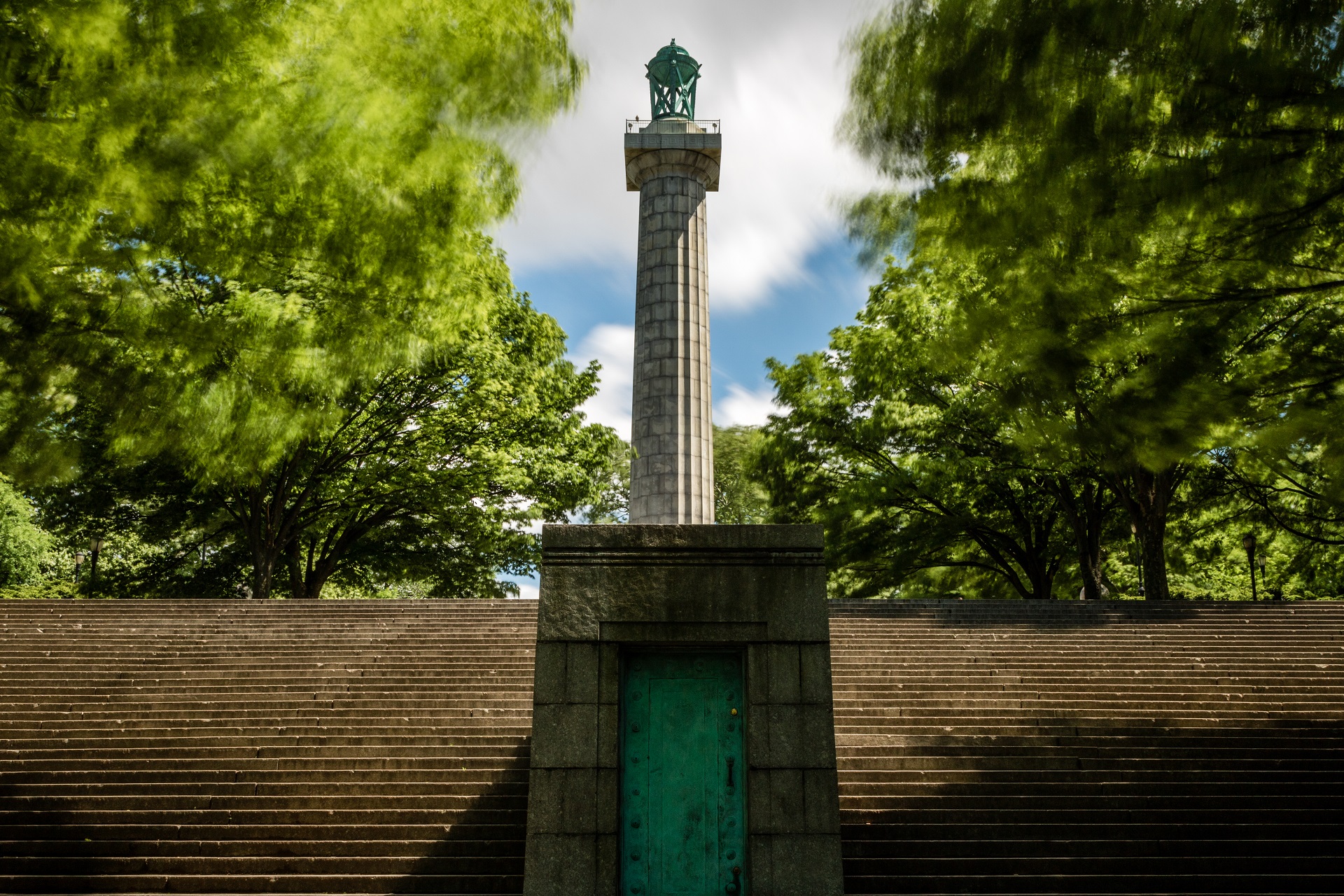Visit Walt Whitman’s park on his 200th birthday
Eye on Real Estate: The famed poet fought for the park's creation.

Happy 200th birthday to famed poet Walt Whitman. AP photo
Famed poet and former Brooklyn Eagle editor Walt Whitman’s 200th birthday is May 31.
Nationwide celebratory events have been underway for some time and will continue on the big day and long afterwards. The Walt Whitman Initiative, a group that promotes the Bard of Brooklyn’s artistic legacy, has a list of birthday activities on its website.
Here’s my idea for a way to honor Whitman: Take a stroll through historic Fort Greene Park. It came into being in the late 1840s thanks to his advocacy.
